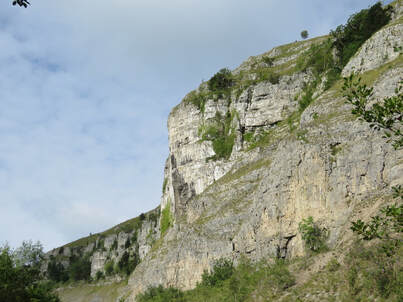 White Scar, Whitbarrow 10 August 2016
White Scar, Whitbarrow 10 August 2016 There are bramble flowers, hemp agrimony and ragwort, the nectaring plants of the silver washed fritillary. Chris tells of its wondrous courtship dance, the male in arcs of flight and a wash of pheromones around the female who emits an aphrodisiac. A single mating fertilizes her eggs which she lays singly in crevices of bark in a mature oak or beech, having made sure the common dog violet grows at the base of the tree. So when the silver washed fritillary larvae crawl down the tree in spring they’ll come directly to their food plant. He shows us violets returning where he has been busy with bow-saw, making clearings in the woodland to let in the sunlight.
The large silver washed fritillary is not flying in the rain. But a male winged his way from the Julian Alps into my email, courtesy of an adventurer. Four dark streaks on the forewing contain androconial scales from which he emits pheromones In courtship flight. This woodland fritillary may be enticed into the tree tops by the female, where they copulate. This male came seeking mineral-rich moisture, or sweat, where the adventurer was camping for the night. The silver washed fritillary is named for its under-wing, shown on one of the sequence of images.
Chris does a butterfly transect here at White Scar, knows this spot intimately, knows what’s here even if rain renders butterflies invisible as they’re sheltering. We discover which species are more able to cope with these conditions.
Small skipper appear on grass and on knapweed, exposed to the weather on flower- heads- as I’ve seen earlier in the week on Scout Scar. Small skipper on saturated knapweed, water droplets visible on the butterfly’s head and on the flower. Some of my images show water droplets on the butterflies so I ask Chris is they are water-proof. Yes, his eyes light up as he tells of a friend’s photographs of a fritillary shimmering with dew drops in the early morning.
If butterflies cannot obtain nectar over days they will lose energy , become unable to fly, and starve. A sorry sight to see.
Several small heath, and ringlet in flight.
Image of ripening hazel nuts- where was that gatekeeper with open wings? We found another, wings closed, in bracken.
A speckled wood alighted, and closed its wings, on a frond of bracken on the woodland fringe. Both with speckled wood and grayling the under-wing has effective cryptic colouring and a blur of pattern. Tricky to make them show when evolution has brought them to such perfect crypsis.
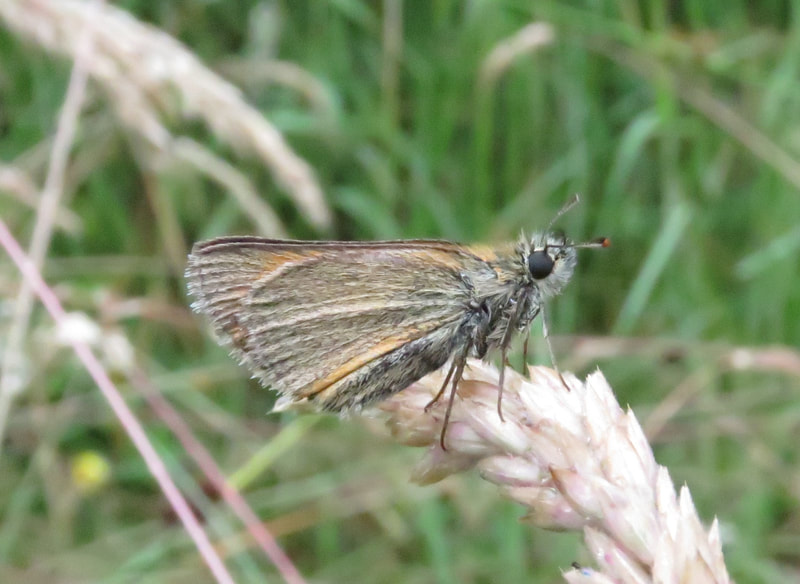
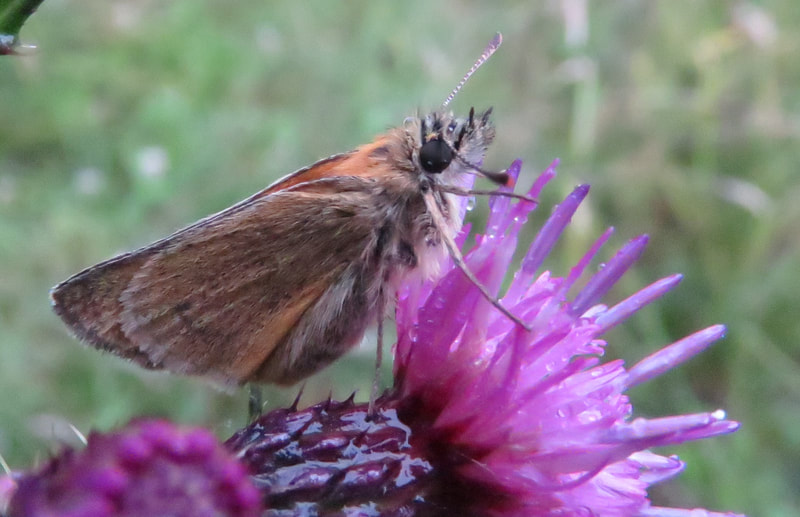
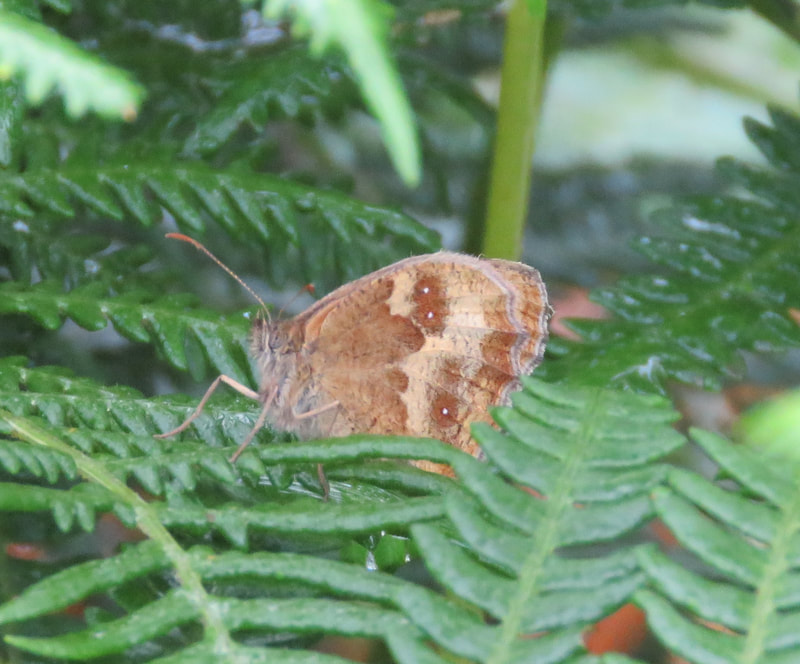
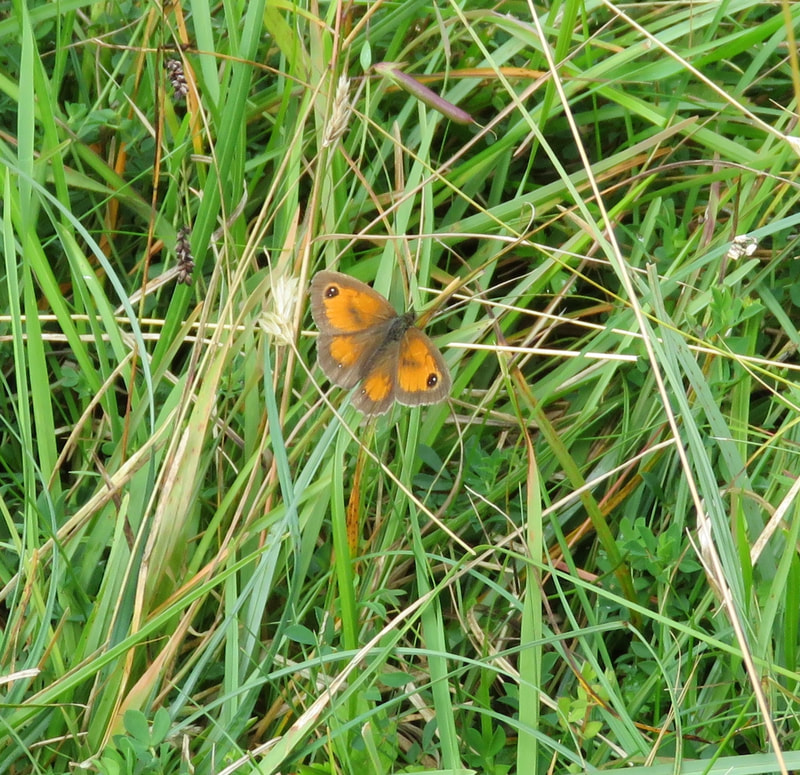
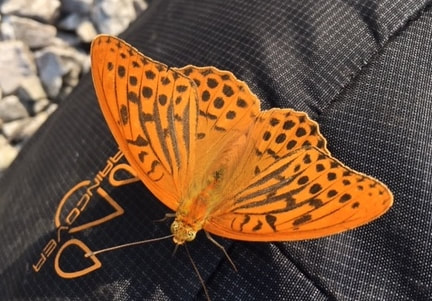
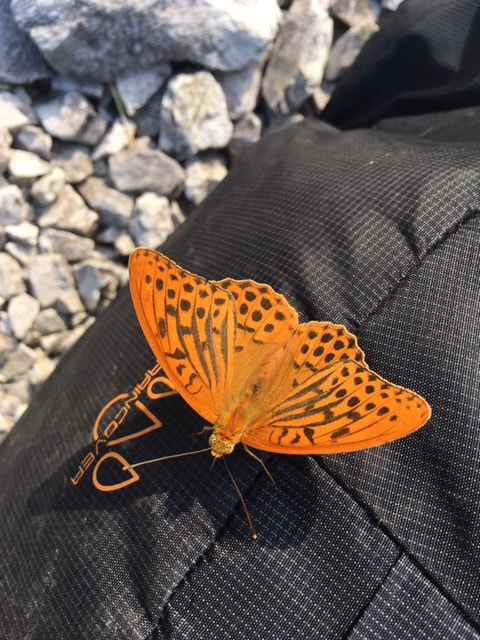
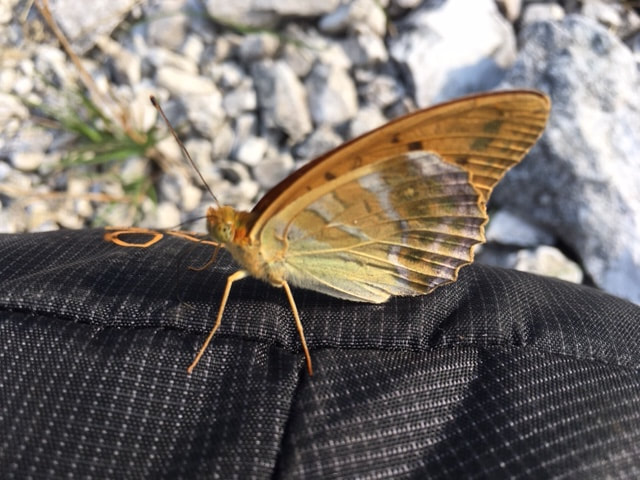
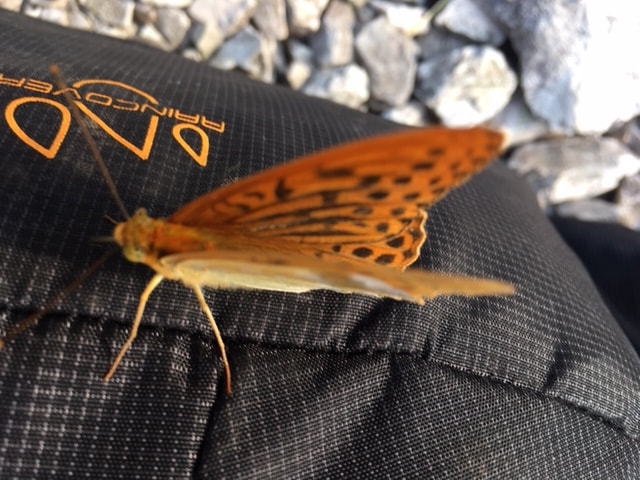
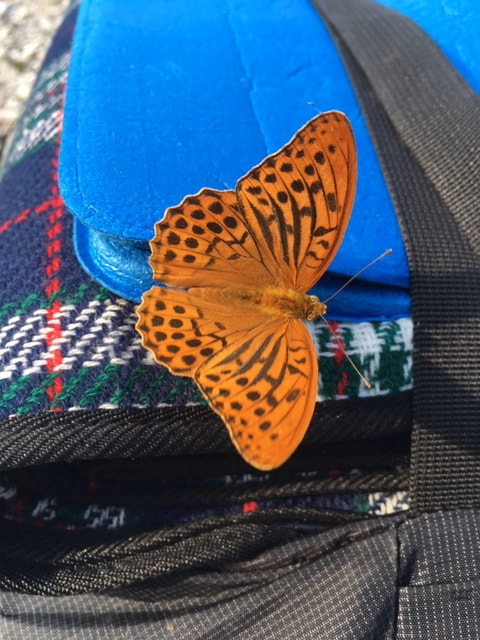
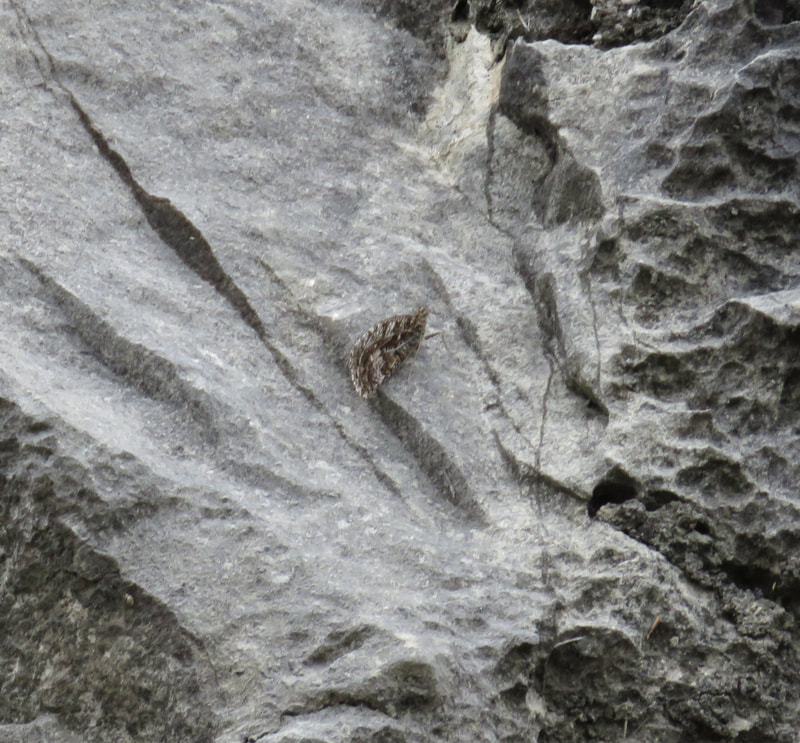
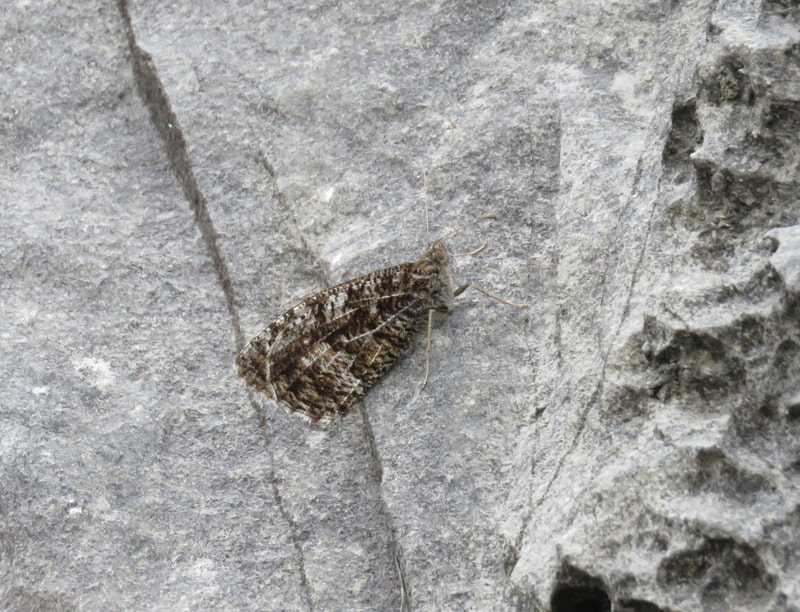
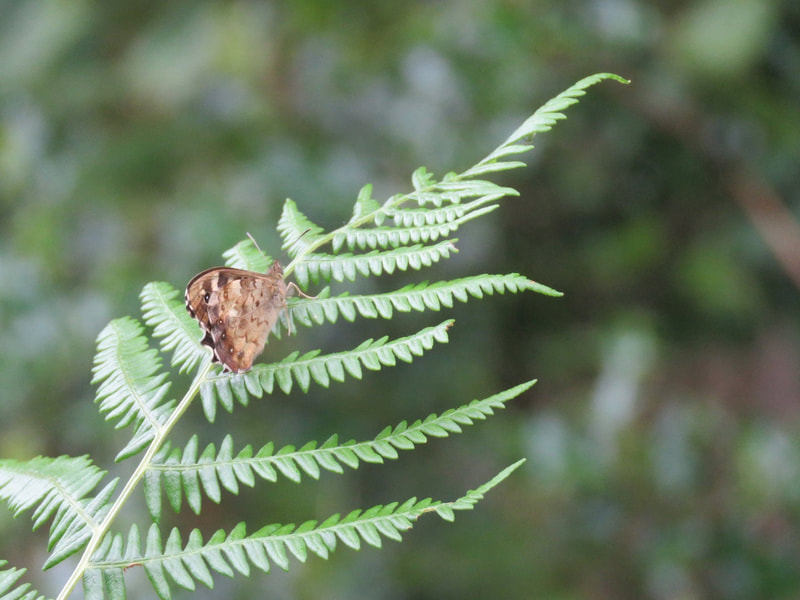
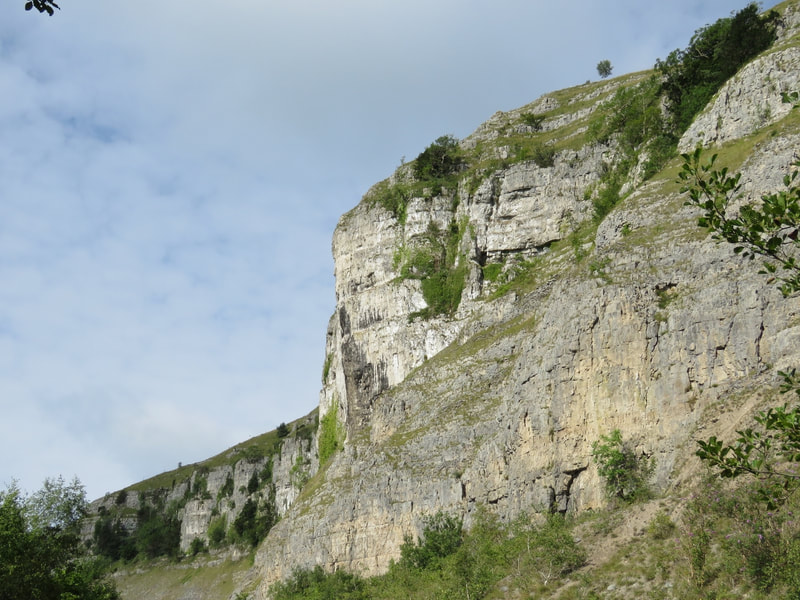
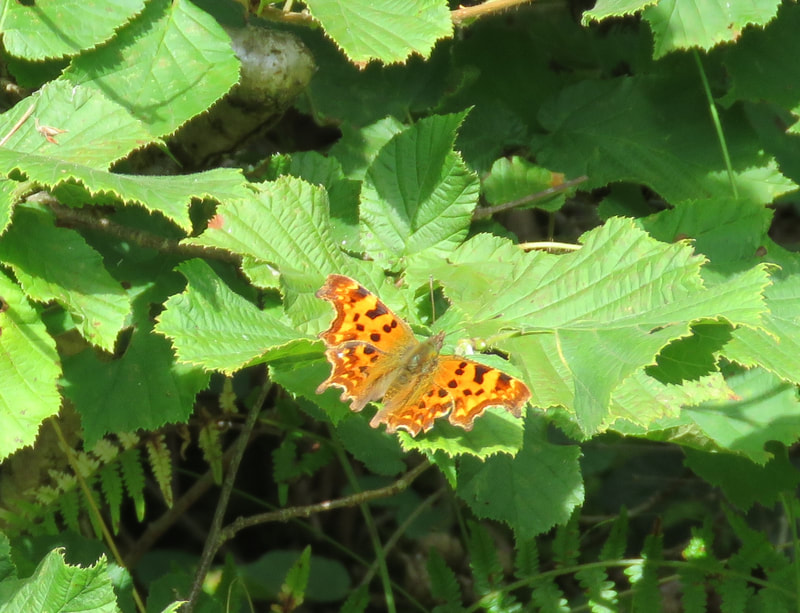
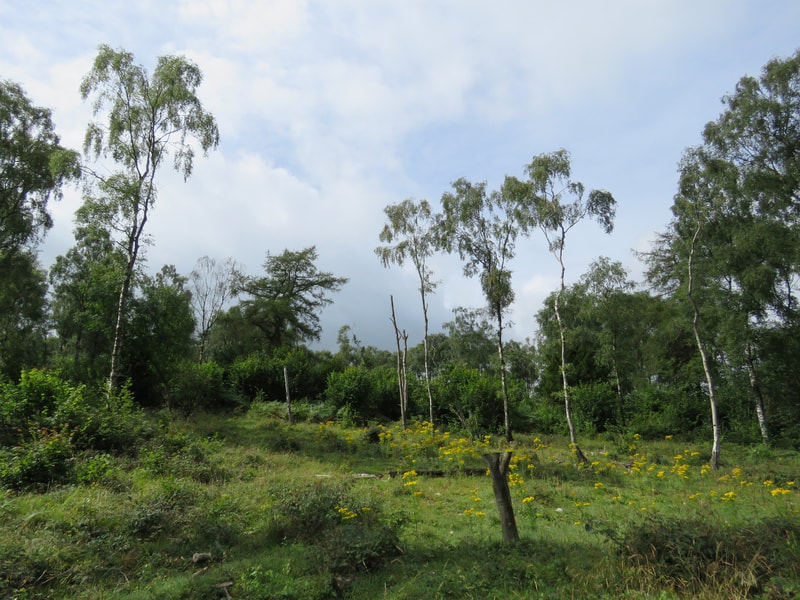
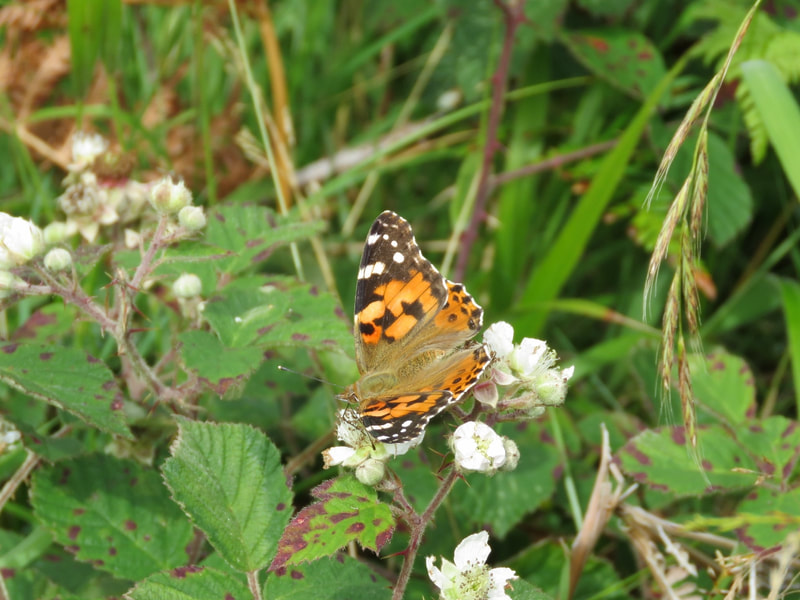
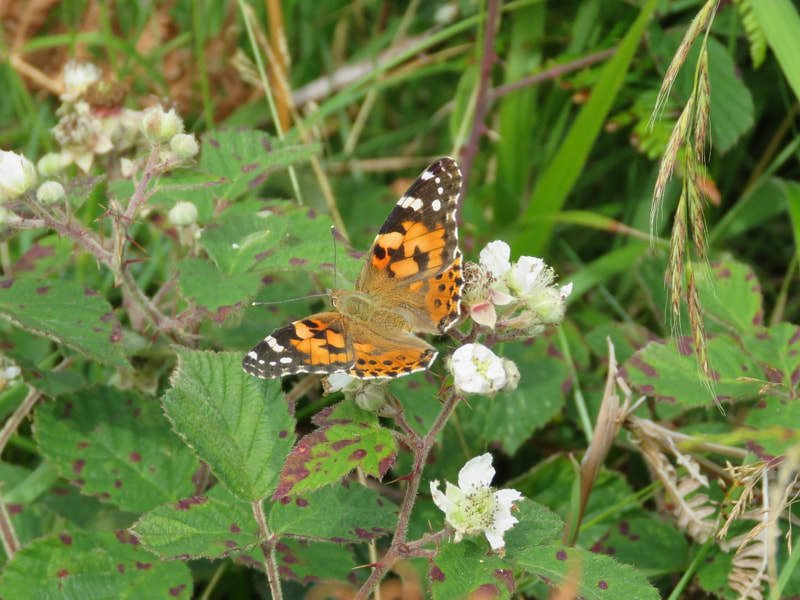
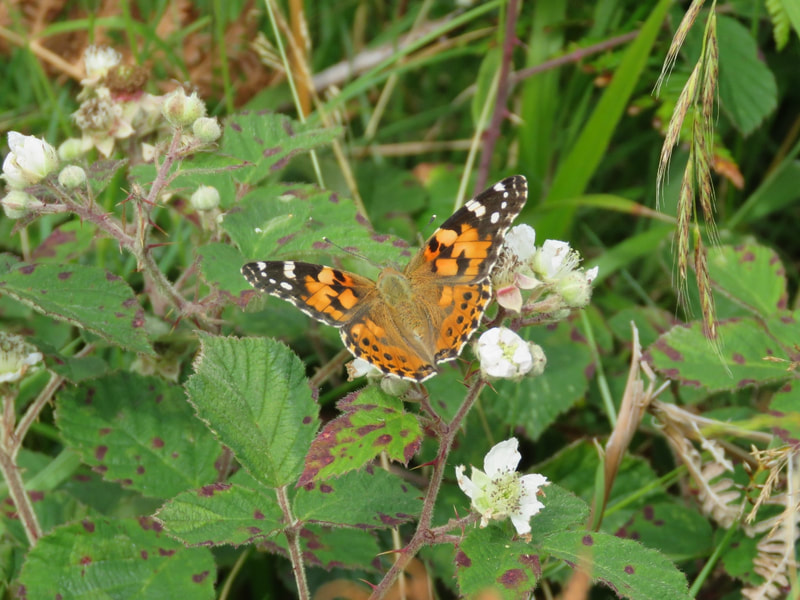
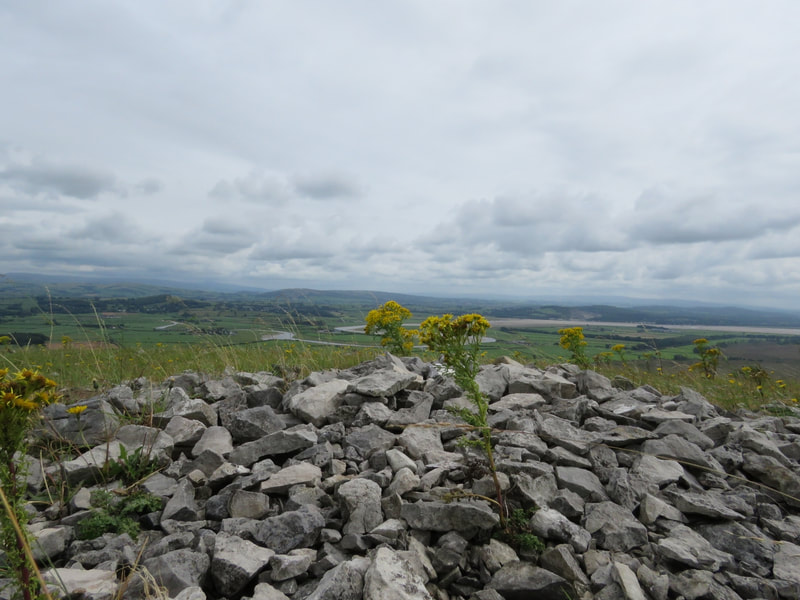
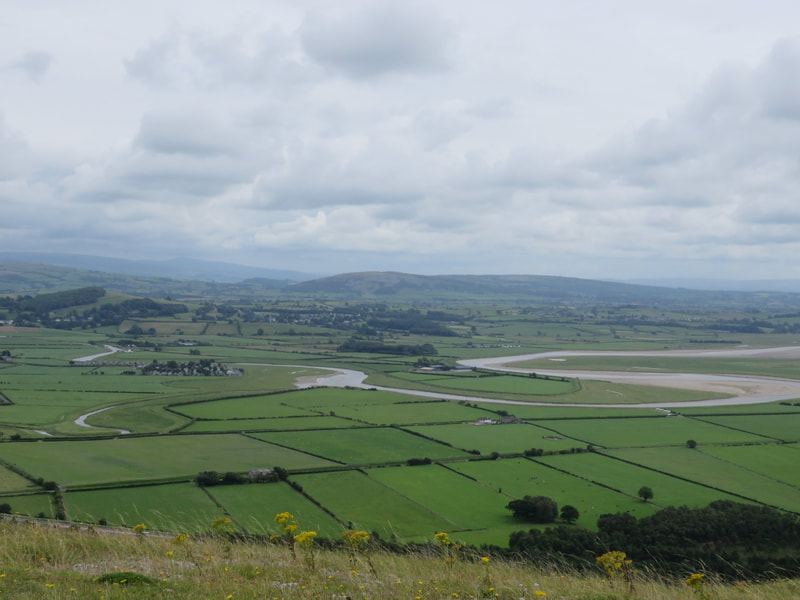
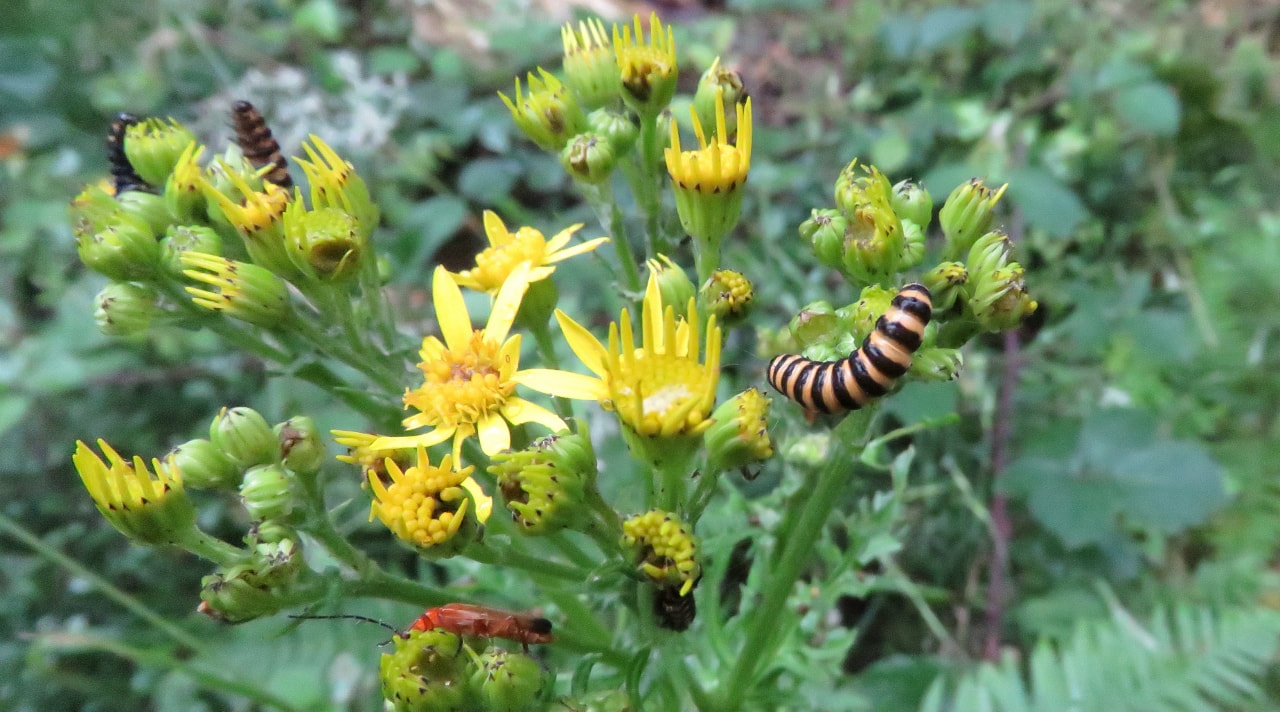
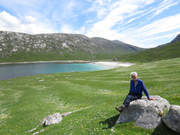
 RSS Feed
RSS Feed